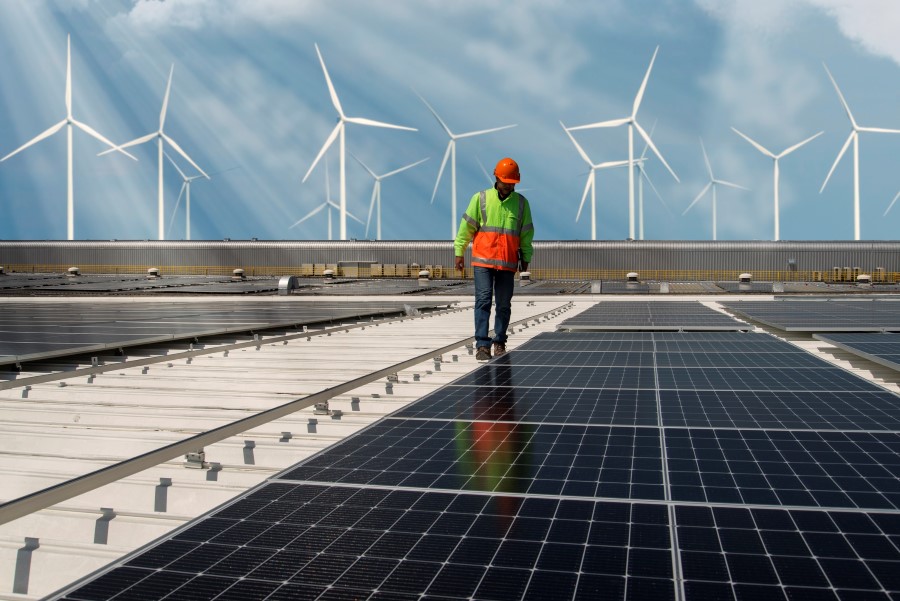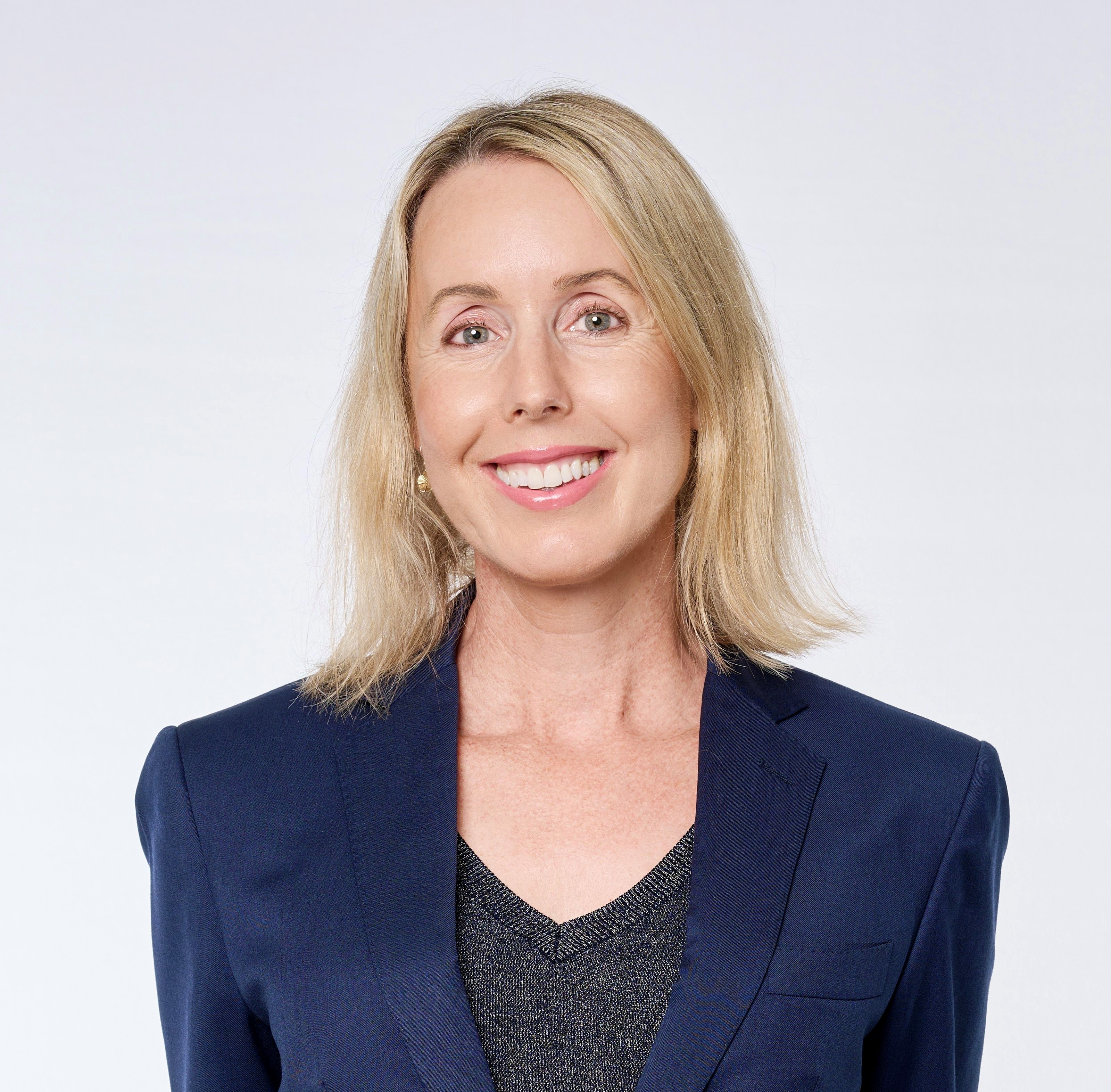
Look to your existing employees to create the workforce for a clean economy, experts said at an Ai Group webinar last week.
The transition is an exciting opportunity for everyone and the time to act is now, the panelists added.
Leading the webinar, Megan Lilly, Executive Director of the Ai Group Centre for Education and Training, said: “As Australia transitions to a clean economy, there are both known areas of change, such as electrification and offshore wind, and emerging areas such as renewable hydrogen and the circular economy.
“The transition has the potential to involve all industries, not only those in the low carbon and environmental goods and services sector.
“While the output of many materials, products and services required for a clean economy will have to ramp up dramatically, we don’t know yet what all the future skill needs will be.”
Modelling by the Net Zero Australia project has shown up to 1.3 million jobs will be needed in the energy sector, of which between 600,000 and 1 million will support exports in Australia’s north.
The ten most popular jobs in the clean energy sector will constitute about a third of all jobs by 2050, with most of the workforce — including in renewable generation, transmission, energy storage, hydrogen and carbon capture storage (CCS) — needing technical skills.
Jane MacMaster, Chief Engineer, Engineers Australia, said the biggest risk to achieving a clean economy is failing to act now.
“The skills shortage is going to get worse before it gets better, especially without intervention,” she said.
“We have enough information to know what we need to do, so let’s get on and do it instead of just talking about the skills challenges.”
Tap into the talent of existing staff, says Craig Brewer, Talent Acquisition Lead – Australia, Worley.
“They were hired for a reason,” he said.
“I’m sure they are as excited about the energy transition as anyone. They are chomping at the bit to get the opportunity to participate.
“There are a variety of roles — windfarm blade technicians, for example. We are hiring people who have boat and surfboard-building backgrounds because that fibreglass experience is relevant.
“This is giving people the opportunity to make a career transition into an industry that they feel passionate about, where they feel like they can make a difference.
“Don’t be afraid to be creative – and look inside before you look outside of your organisation.”
Michael Brear, Director, Melbourne Energy Institute, University of Melbourne and Net Zero Australia project, agrees.
“This is a tremendously exciting opportunity for everyone,” he said.
“This is about making the world a better place. A lot of young people are going to be energised by what we are seeing. It requires new ways of doing things, particularly with training and apprentices.
“Our modelling suggests that two-thirds of that million or so jobs are for high school and VET graduates, not university graduates. This is a huge VET/TAFE opportunity.”
Dr Anita Talberg, Director – Workforce Development, Clean Energy Council, said the world is seeing a greening of both the economy and across all jobs.
“There are two parts to this greening,” she said.
“One part is seeing more jobs in renewable energy as opposed to fossil fuel. We have about 30,000 people employed in clean energy in Australia, compared to 10,000 in coal for domestic electricity generation.
“We are also seeing a greening of all jobs; no matter what job you’re in — whether it’s fashion or construction — you need more skills in those sustainability areas.”
The challenges that come with this greening include the need:
“We are facing a huge challenge, but we need to surmount it because the clean economy is the future,” Dr Talberg said.
“We need to make sure we have those knowledge-transfer plans in place for the sustainability of the workforce.”
This transfer of knowledge is critical, Mr Brewer said.
“Any organisation involved in this part of the industry needs to be doing some strategic resource planning and saying: ‘how are we going to pass on the skills and knowledge that subject matter experts have?’
“These experts are in limited supply; there are only so many of them to go round globally because we are talking about new energy.”
The transition to a clean economy continues to increase demand for engineers, owing to a healthy forward infrastructure pipeline and a reliance of many national priorities on the engineering profession.
“With demand expected to increase and engineering degree commencements and skilled migration decreasing, at least for the near term, we need to build an engineering workforce for future needs,” Ms MacMaster said.
To do this, Engineering Australia is focusing on the need to:
Australia is experiencing its greatest ever engineering skill shortage, with close to 100,000 engineers estimated to be needed over the next few years alone.
In addition to needing a greater pipeline of workers with university and VET qualifications, it is likely short courses will be needed to rapidly upskill and reskill workers. Change-management skills and digital literacy, such as data analytics, are also important.
“Skill needs are likely to be multi-layered, with industry needing deep, technical and transferable skills,” Ms Lilly said.
“The whole community will need clean economy literacy to enable a culture for transition."
Engineering Australia has produced a shortlist of 12 21st-century skills — or general capabilities — to complement engineers’ expertise, to enable them to work in interdisciplinary teams.
Mr Brewer said recognising these core skills was part of the detailed and granular resource planning needed to build the clean energy workforce.
“If we list a role and describe it as a green energy or renewable energy role, people come running — people from all kinds of industries at all kinds of levels,” he said.
“People are willing to take significant pay cuts to make the transition into the green sector and that presents employers a real opportunity because a lot of these people have skills that you can use.
“You just need to put them together with the right people and share that knowledge. Get creative with your thinking and you can solve these problems.”
Don't miss the Ai Group Centre for Education and Training’s next webinar, Reforming the Australian Qualifications Framework for the future, on Thursday, September 22, 11am-noon AEST.
Visit our website to subscribe to our newsletter and to join our Member Network.

Wendy Larter is Communications Manager at the Australian Industry Group. She has more than 20 years’ experience as a reporter, features writer, contributor and sub-editor for newspapers and magazines including The Courier-Mail in Brisbane and Metro, the News of the World, The Times and Elle in the UK.